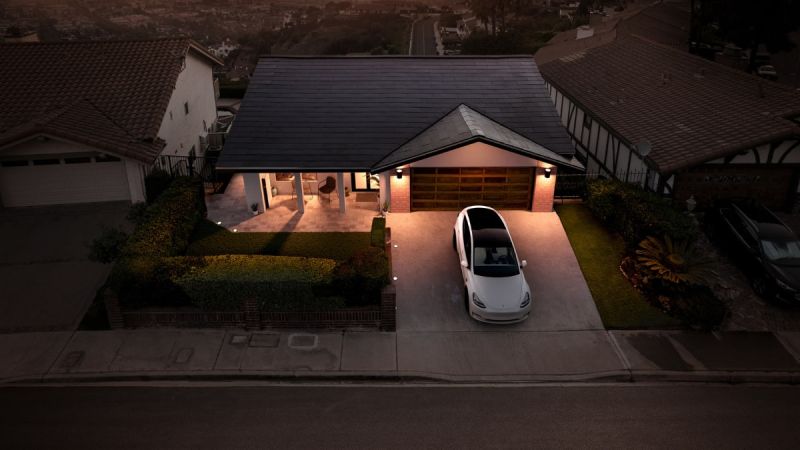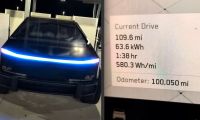The cost of Tesla solar tiles depends on a number of factors, such as size, complexity of the installation, local tax incentives available, etc. However, with all these considerations in mind, Tesla tries to ensure that it can offer a lower cost through its price-match guarantee. The way this program works: owners can submit a recent quote (within 2 weeks of ordering) from a competitor for a similar solar system, and Tesla will match the price.
The company said it tries to optimize each roof by installing the tiles with solar cells where they would be more efficient. The new tiles can be installed over existing roofs, eliminating the need to pull all the old ones off. The tiles also come with a 25-year warranty and 24/7 outage protection.
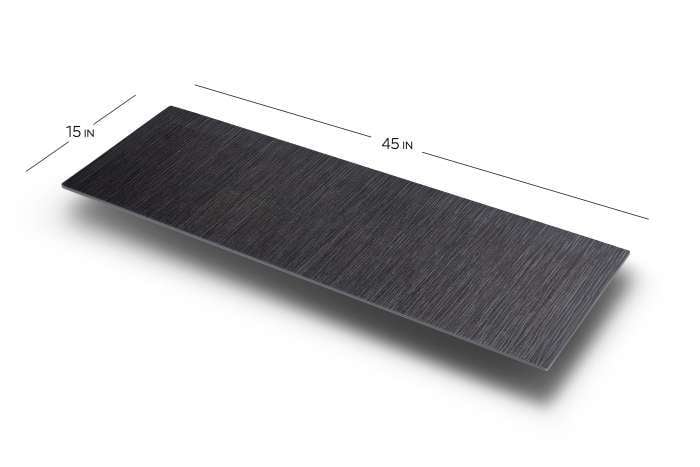
The main features of a Tesla solar roof are basically a 24/7 monitoring system that allows you to control your solar intallation at any time and from anywhere in the world through a mobile application; the application tracks the performance, efficiency and generation of the solar tiles, in addition to detecting any problems in the system in real time. Another important detail has to do with the looks: Tesla prioritizes the design of its solar tiles in a way that the competition does not, creating a sleek, blended, low-profile installation that provides direct curb appeal.
New Solar Roof tiles can deliver a 22% increase in power, resulting in more energy offset pic.twitter.com/pxxPPgeB8s
— Tesla Solar (@TeslaSolar) December 1, 2021
As we mentioned in an article before, new research from the University of Oxford suggests that even without government support, four technologies - solar photovoltaics, wind, battery storage, and electrolyzers to convert electricity to hydrogen - are about to be so cheap that they will be dominating world energy production.
The document from the University of Oxford has found that their costs have decreased for each doubling of deployment by between 16% and 34%, which was already known, but the additional point made in this document is that when technologies enter learning curves, they tend to stay on them for very long periods.
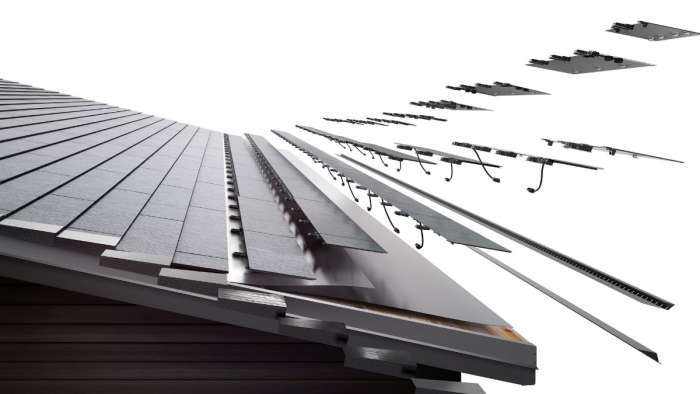
When trying to project the future costs of these technologies, the most logical assumption is that those learning curves will continue, and this is extremely significant because if growth is assumed to continue, then these technologies will be incredibly cheap. This is actually kind of like an academic debate because solar PV is already being produced at $10 to $20 per megawatt-hour in certain favored locations, so in fact, it's already incredibly cheap.
But the point is that this cheap energy source is going to get even cheaper and bigger, and it is going to spread all over the world. And when followed by these other technologies that are also on learning curves, it will provide us with the energy we need at a much lower cost.
In 2019, Tesla reported $369 million in revenue from solar and storage. Revenue was stagnant in Q2 2020, with $370 million from that business. The first two quarters of 2021 were more than double what it brought in during the same quarters of 2019 and 2020. In July 2021 Tesla reported $801 million in revenue from its energy generation and storage business - which includes three main products: solar, its Powerwall storage device for homes and businesses, and its utility storage unit Megapack - but that’s just a sliver of the nearly $12 billion in total revenue.
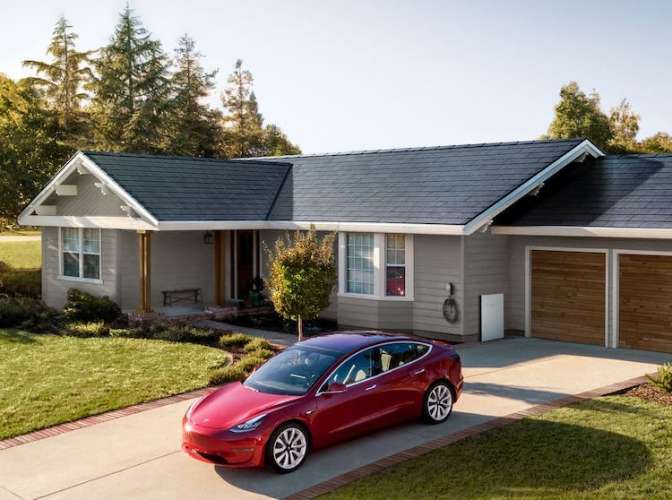
This is good news on one hand; however, on the other hand many people on social media say that the cost is still prohibitive, ranging from $200K to $300K for a large house, obviously depending on a certain number of parameters. A social media user - @james65653744 - tweeted that "...from a purely financial perspective it doesn’t seem to make sense at least in your home. But there’s a lot of value in knowing you’ll have electricity for the next 40+ years regardless of the outside world. Especially now when our electrical infrastructure is in shambles."
Another user, @NewHyperion stated that "… Poor efficiency in gained kWh/m². Get a standard PV generator - harvest double the energy for less cost. Still works with a stationary battery, other companies offer less pricy systems."
Yet another user tweeted "… not only the best looking roof in the neighborhood, but also your house & car can be powered by the sun…efficiently. Plus, Tesla Solar tiles give so much more protection than regular roofs."
In any case, a 22% increase in max power output without increasing the size or the price of the Tesla solar tiles is certainly good news for prospective customers.
All images courtesy of Tesla Inc.
Nico Caballero is the VP of Finance of Cogency Power, specializing in solar energy. He also holds a Diploma in Electric Cars from Delft University of Technology in the Netherlands, and enjoys doing research about Tesla and EV batteries. He can be reached at @NicoTorqueNews on Twitter. Nico covers Tesla and electric vehicle latest happenings at Torque News.



